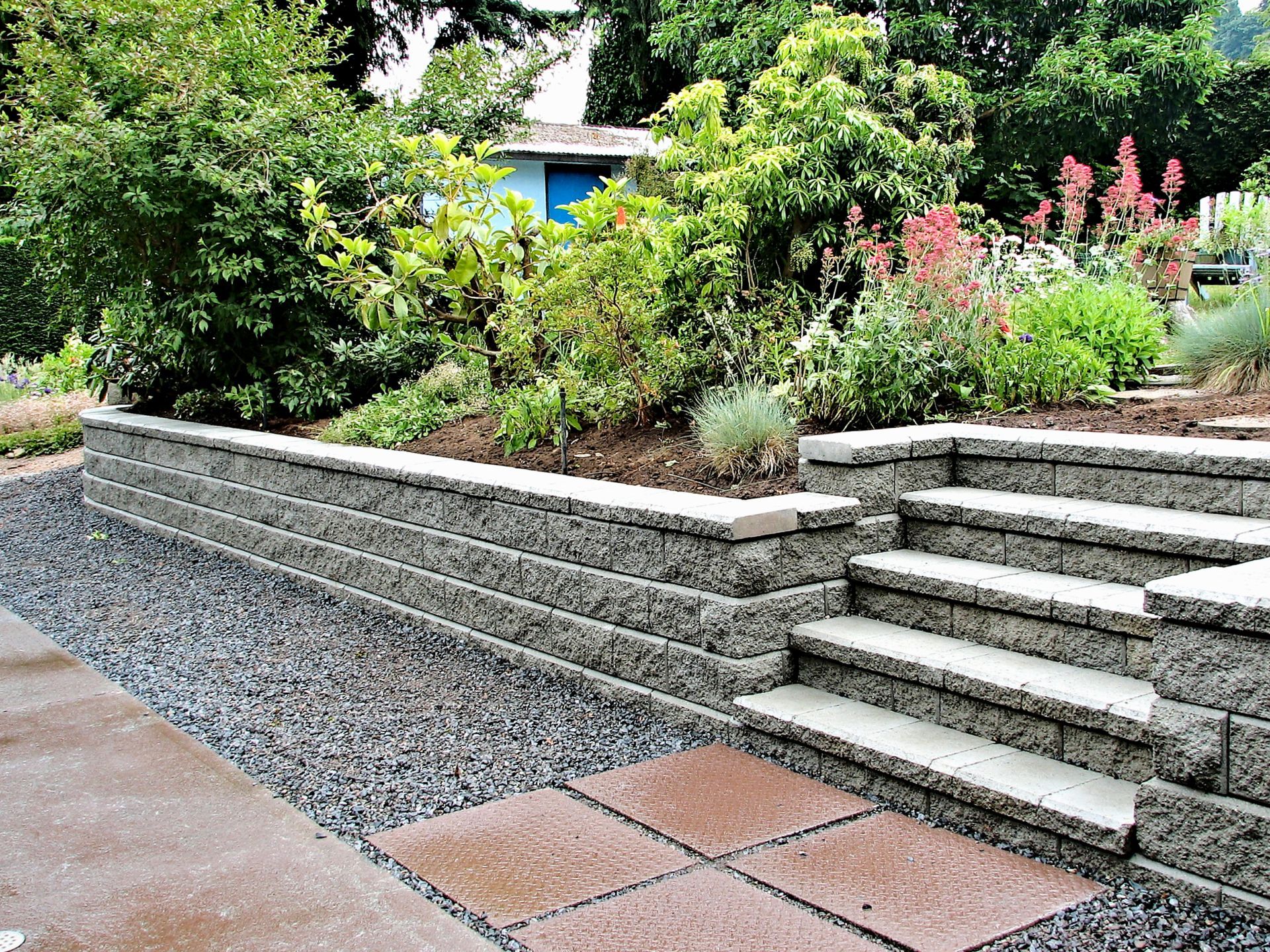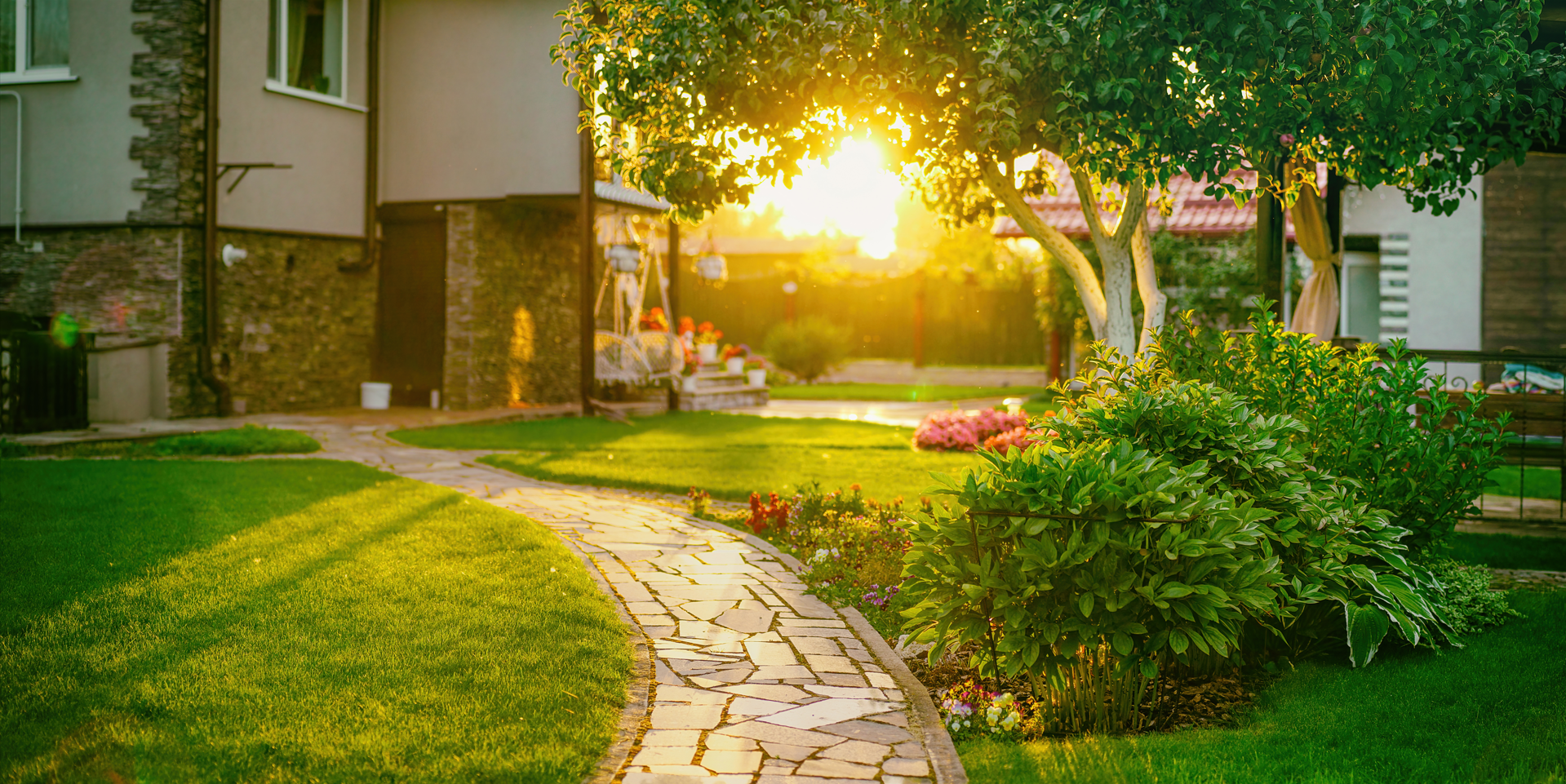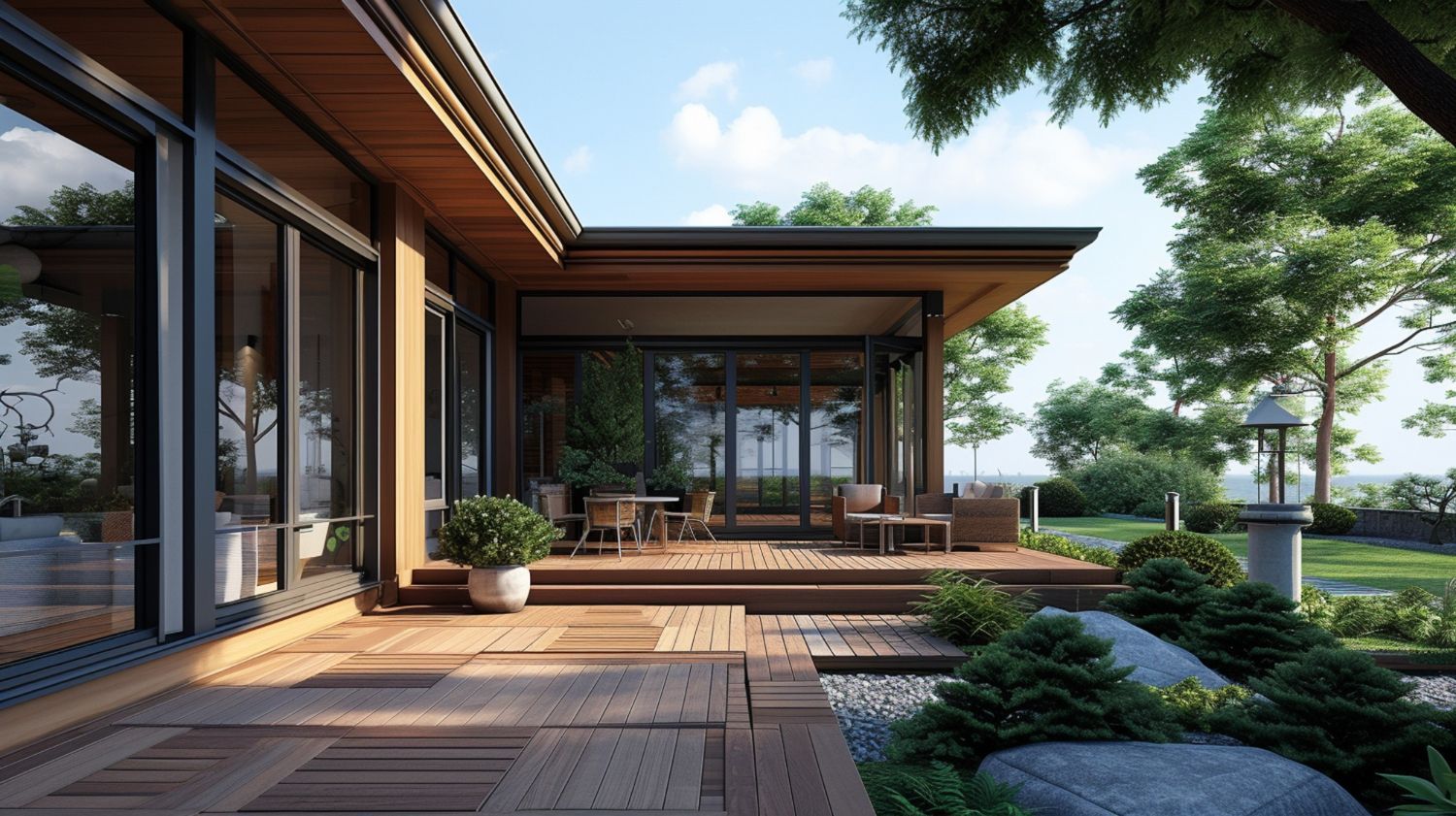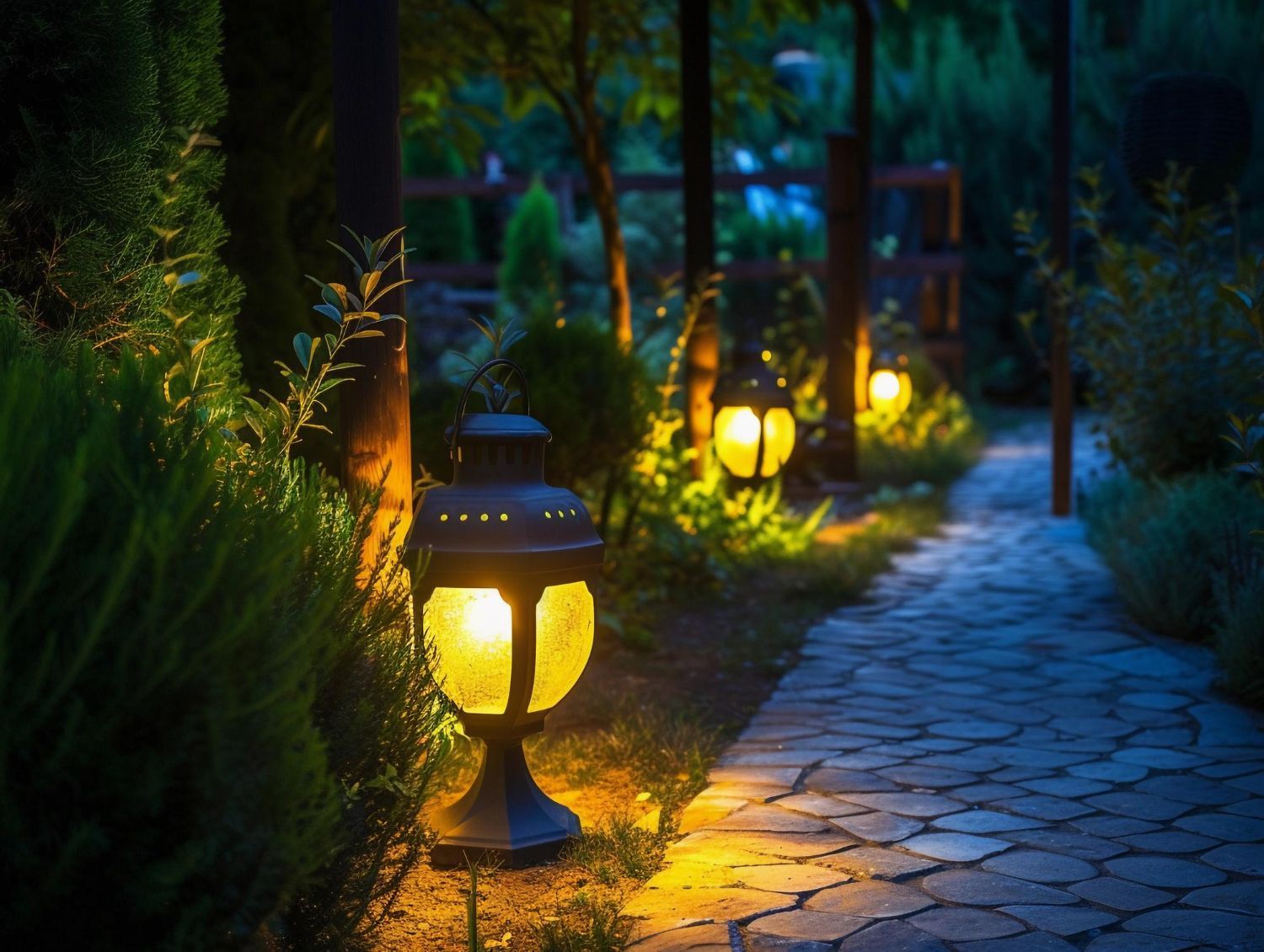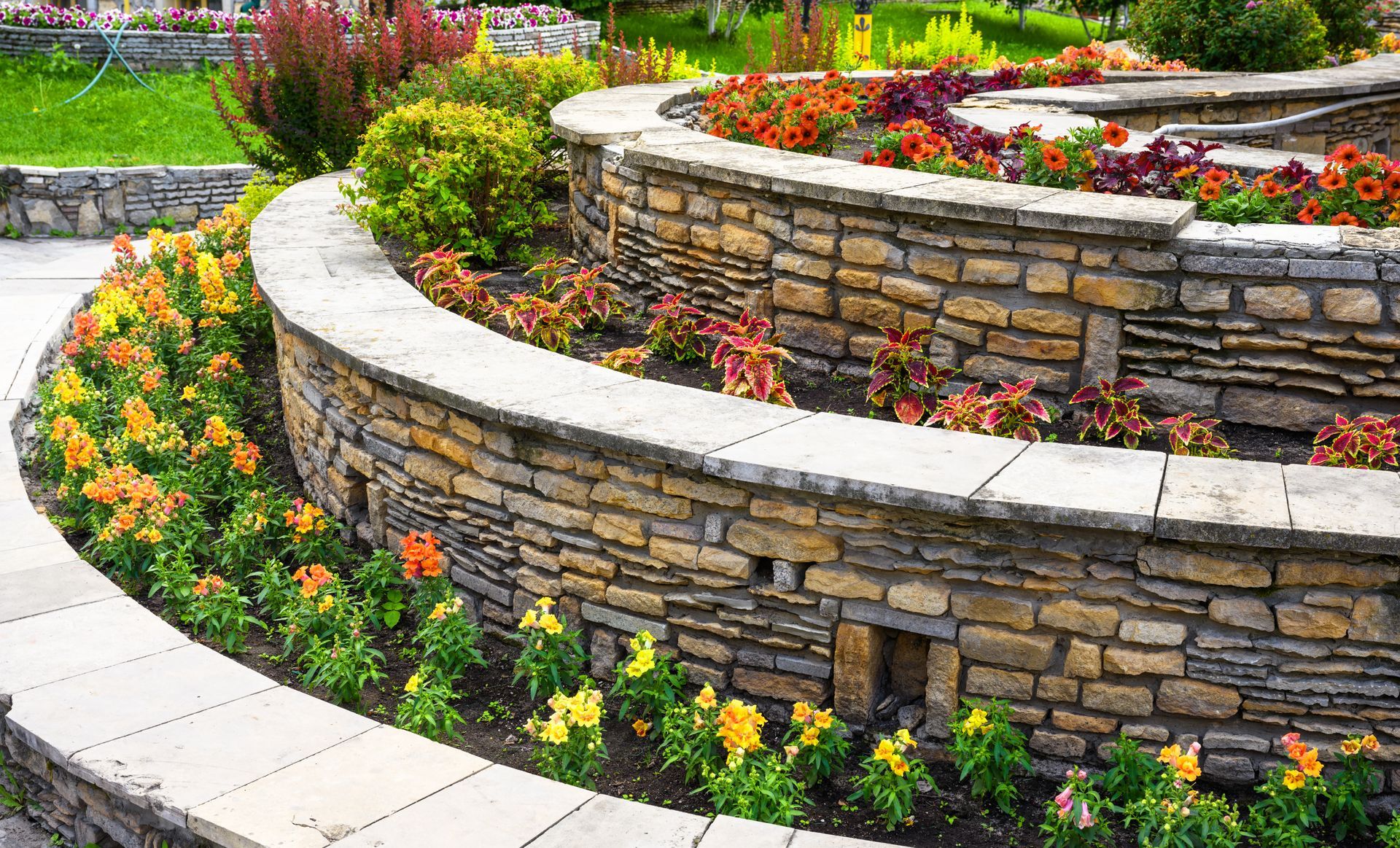Transforming Your Lawn with Xeriscaping: Low-Maintenance Solutions for the Fall Season
As the crisp air and colorful autumn leaves settle in, many homeowners are once again tackling the familiar task of preparing their lawns for the cold months ahead. But what if there was a way to simplify fall yard work while also creating a beautiful, eco-friendly outdoor space? Enter xeriscaping—a sustainable landscaping approach that reduces water use, minimizes maintenance, and transforms your lawn into a thriving, low-maintenance oasis. In this blog, we’ll dive into the benefits of xeriscaping, share practical tips on how to get started, and explain why fall is the perfect season to begin your transformation.
What is Xeriscaping?
Xeriscaping is a landscaping method focused on water conservation and environmental sustainability. The term "xeriscape" comes from the Greek word "xeros," meaning dry, and it emphasizes using drought-tolerant plants and efficient design to create a beautiful landscape that thrives with minimal water. Whether you live in an area with frequent droughts or simply want to reduce your environmental impact, xeriscaping offers a way to cultivate a stunning garden while conserving precious water resources.
By replacing traditional lawns with native and drought-resistant plants, xeriscaping helps to conserve water, reduce the need for chemical fertilizers, and support local ecosystems. The addition of these hardy, water-efficient plants also provides habitats for pollinators, such as bees and butterflies, further enhancing biodiversity in your yard.
Why Fall is the Ideal Time to Begin Xeriscaping
Autumn is the perfect time to start your xeriscaping project, and here’s why:
- Optimal Growing Conditions
The cooler temperatures and increased rainfall of fall create ideal conditions for planting. Your plants will have time to establish strong roots before the harsher winter months. By starting now, you'll be well on your way to having a healthy, resilient landscape by the time warmer weather arrives. - Winter Dormancy, Spring Growth
Starting in the fall allows your plants to rest during the winter months, then come back stronger and more vibrant as the spring and summer heat sets in. By the time next summer rolls around, your xeriscape will be ready to shine. - Less Stress on Your Lawn
With fewer weeds and less need for irrigation, your lawn will require much less attention during the winter months, leaving you free to enjoy the season without worrying about constant upkeep.
Key Elements of Xeriscaping
Here are a few essential components to creating your own xeriscape:
- Soil Improvement and Mulching
The foundation of a successful xeriscape starts with healthy soil. Add organic matter, like compost, to improve soil structure, enhance fertility, and encourage healthy plant growth. Mulching also plays a vital role—it helps retain moisture, suppresses weeds, and keeps the soil temperature stable. - Efficient Irrigation
While xeriscaping reduces the need for excessive watering, using an efficient irrigation system still makes a big difference. Consider drip irrigation or soaker hoses, which deliver water directly to the plant roots and minimize water waste. These systems are a game-changer for reducing your water bill while keeping your plants hydrated. - Selecting the Right Plants
The key to xeriscaping is choosing drought-tolerant, native plants that are well-suited to your region’s climate. For example, if you live in Ontario, consider incorporating plants like Black-Eyed Susan, Purple Coneflower, or Little Bluestem. These hardy, low-maintenance plants require less water and are adapted to local soil conditions. - Smart Design and Zoning
Effective xeriscaping involves thoughtful design. Group plants with similar water needs together and use hardscaping elements like gravel paths, decorative stones, and rock gardens to add visual interest and structure. Zoning your plants based on their water needs helps create a more efficient irrigation system and keeps maintenance low.
Benefits of Xeriscaping
Here are some of the top advantages of embracing xeriscaping:
- Water Conservation
By using drought-tolerant plants and efficient irrigation systems, xeriscaping can drastically reduce water usage. This not only helps conserve a valuable resource, but it also leads to significant savings on your water bills. - Reduced Maintenance
With fewer weeds, less mowing, and no need for constant watering, xeriscaped gardens are far easier to maintain than traditional lawns. This allows you to spend less time on yard work and more time enjoying your outdoor space. - Environmental Impact
Xeriscaping supports local ecosystems by providing habitats for pollinators and using fewer chemicals. By reducing your reliance on fertilizers and pesticides, you’ll help create a healthier environment for both your yard and the surrounding community.
Getting Started with Xeriscaping
If you’re ready to make the switch to a sustainable, eco-friendly landscape, now is the perfect time to consult with the experts at Enhanced Landscape & Design. We specialize in creating customized xeriscape solutions tailored to your unique needs. Whether you’re starting with a small garden bed or reimagining your entire yard, we’ll work with you to design a beautiful, water-efficient landscape that fits your vision and lifestyle.
Fall is the ideal time to begin your xeriscaping project, and with our expertise, you can rest assured that your outdoor space will be both stunning and sustainable. Contact Enhanced Landscape & Design today to schedule a consultation and take the first step toward creating an eco-friendly oasis in your own backyard. Let’s work together to build a greener, more sustainable future for your home!
Enhanced Landscaping & Design
Address
Phone
Business Hours
- Mon - Fri
- -
- Sat - Sun
- Closed




